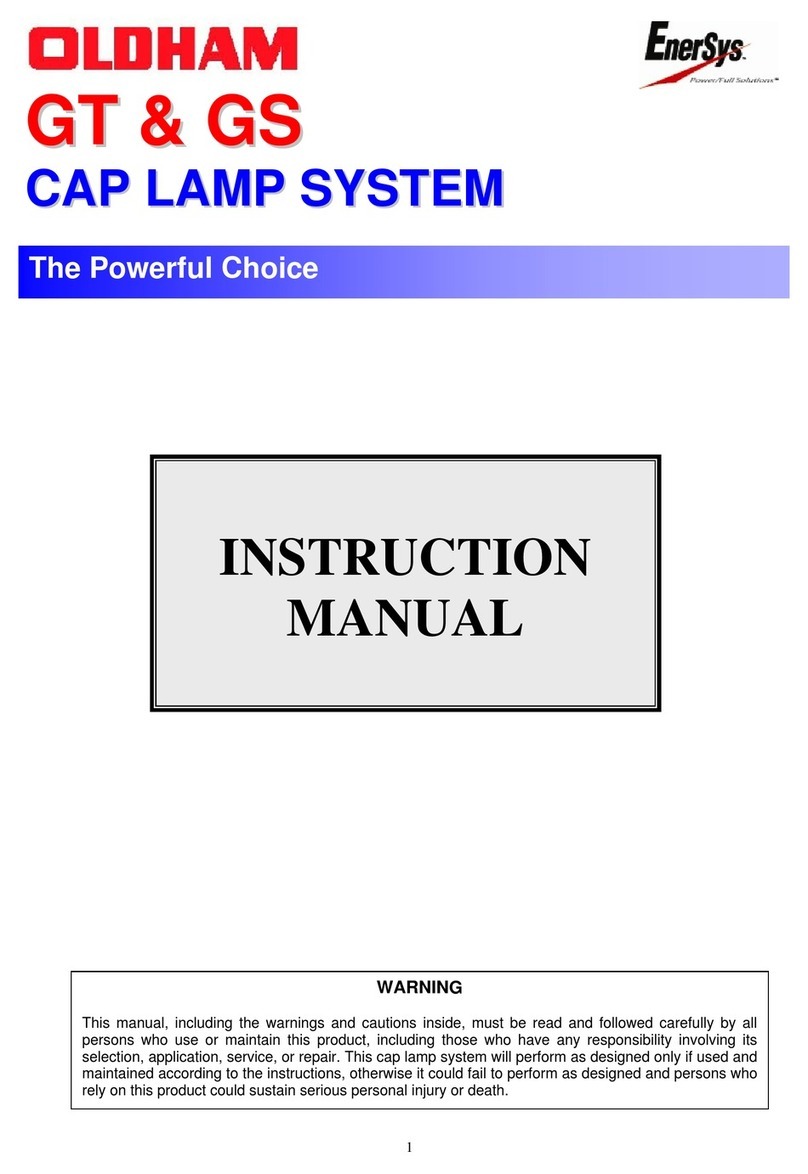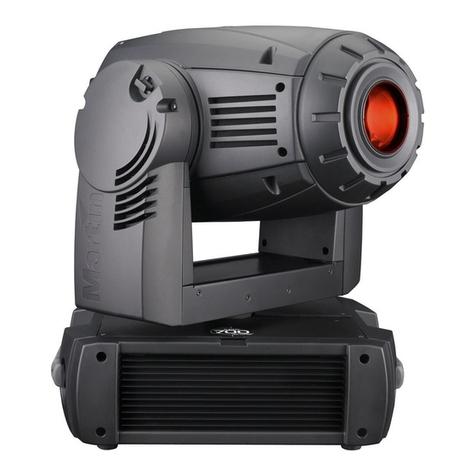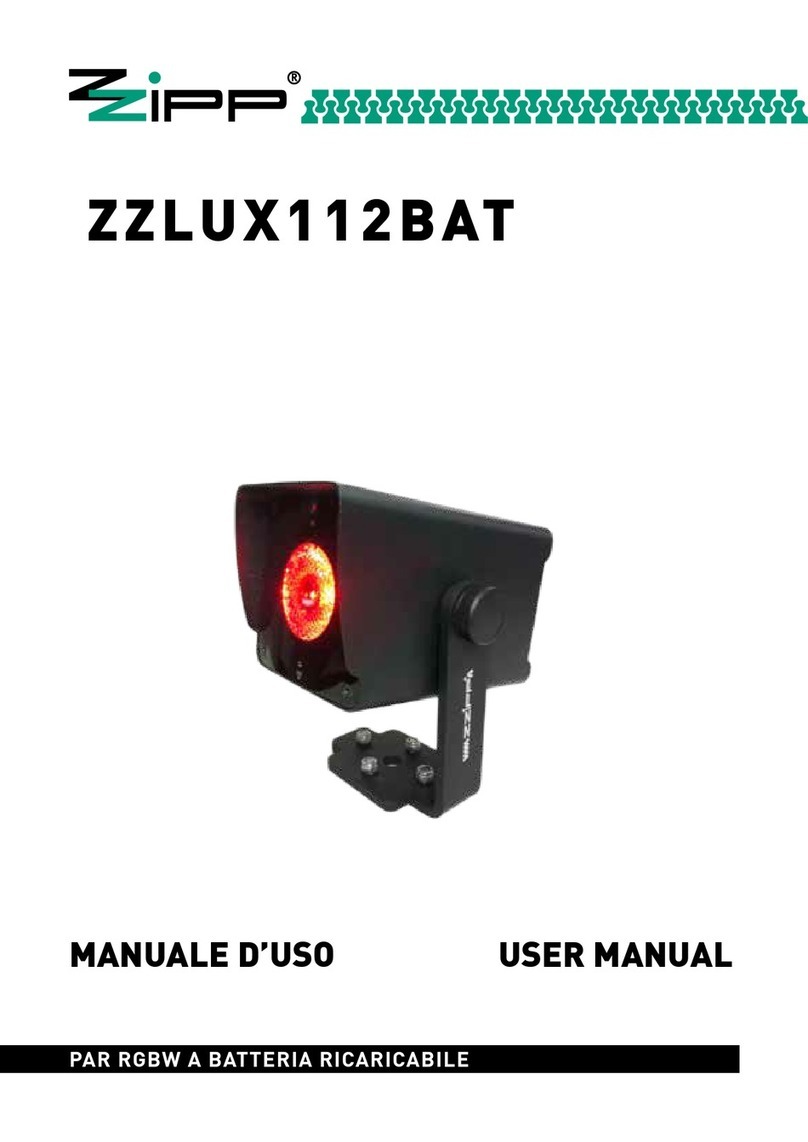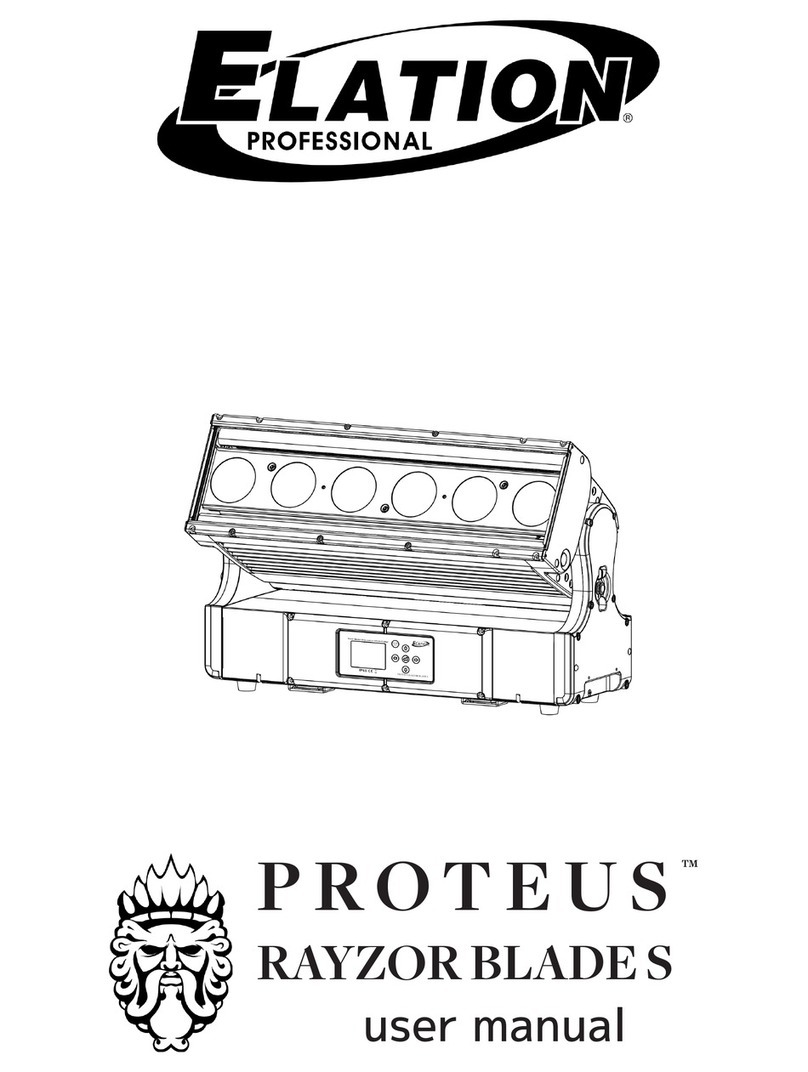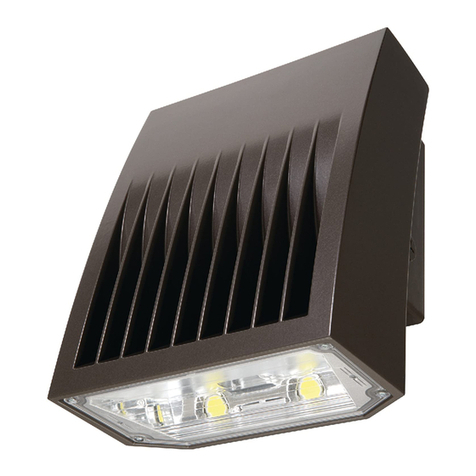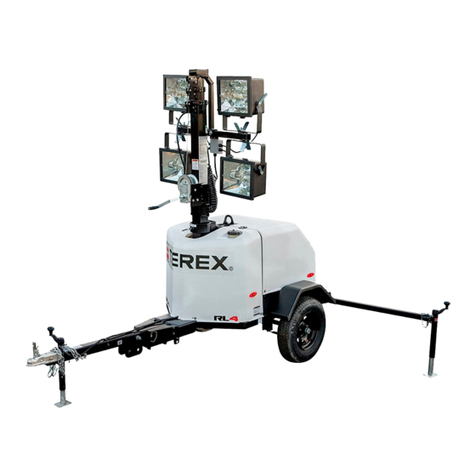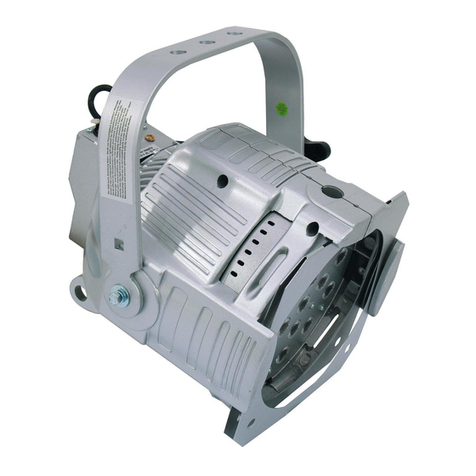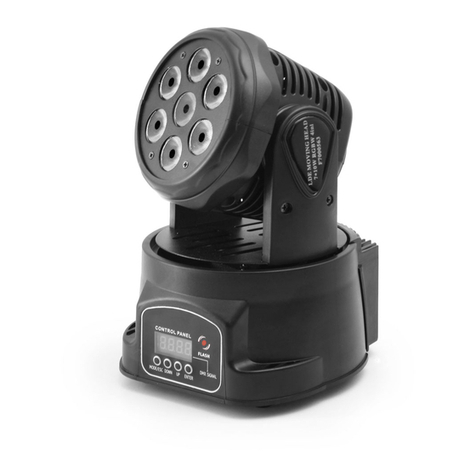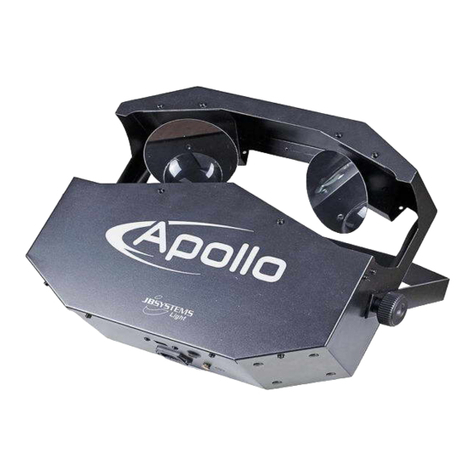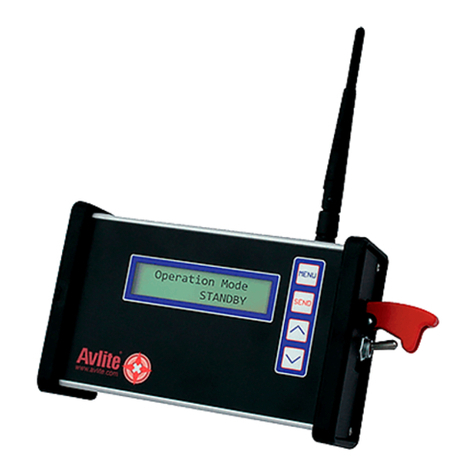EnerSys Oldham AE16 User manual

1
WARNING
This manual, including the warnings and cautions inside, must be read and followed carefully by all
persons who use or maintain this product, including those who have any responsibility involving its
selection, application, service, or repair.
This cap lamp system will perform as designed only if used and maintained according to the
instructions, otherwise it could fail to perform as designed and persons who rely on this product could
sustain serious personal injury or death.
C
CA
AP
PL
LA
AM
MP
PS
SY
YS
ST
TE
EM
M
The Powerful Choice
INSTRUCTION
MANUAL

2
A
AE
E1
16
6C
CA
AP
PL
LA
AM
MP
PS
SY
YS
ST
TE
EM
M
TABLE OF CONTENTS
Important p3
General description p3
Preparation for use p3
Battery charging p3
Cap lamp system p4
Battery Storage p4
Replacing battery p4
Removing cable from battery p4
Replacing battery cover p4
Using AE16 cap lamp systems p4
Repairing headpiece p5
Replacing cable p5
Replacing reflector p5
Replacing circuit board p5
Reassembling bezel ring p6
AE16 diagram – Item list p7
Parts diagram p8
Troubleshooting p9
Certification, equipment marking and instructions for p10
compliance with ATEX standards:-
Use of Equipment p11

3
IMPORTANT
Pay close attention to Warnings and Cautions in
this manual.
A WARNING describes a condition that may
cause severe personal injury or death if allowed to
happen.
A CAUTION describes a condition that may cause
moderate injury or property damage if allowed to
happen.
GENERAL DESCRIPTION
The AE16 cap lamp systems consists of a cap
mounted headpiece powered by a Li Ion battery.
The basis of the headpiece in which some of the
internal connections are integral is as follows:
A selector switch is incorporated, which can
switch on either the main LED light source or the
small emergency LED. The reflector fits over the
small LED and has a rubber gasket around the
rim to seal against the headpiece lens.
PREPARING THE AE16 CAP LAMP FOR FIRST
TIME USE
The battery is packaged separately to the lamptop
and needs to be connected before use.
Tool kit required is M614830
NOTE: THE BATTERY IS TRANSPORTED IN A
PARTIALLY CHARGED CONDITION - EVERY
BATTERY MUST BE FULLY CHARGED
BEFORE FIRST USE.
Remove the battery from the shipping box and
check for damage. The battery is supplied with
the encapsulated fuse fitted, terminal nuts and
washers.
Remove the nut and washer from the positive end
of the fuse (marked +). Place the ring terminal of
the red wire onto the terminal post, replace the
spring washer and nut, and tighten to 0.5Nm.
Remove the nut and washer from the negative
terminal (not connected to the fuse) and place the
ring terminal of the black wire onto the terminal
post, replace the spring washer and nut, and
tighten down to 0.5Nm.
Hook the cable exit end of the battery cover onto
the battery.
Check that the cables are not trapped under the
edge of the cover then press down into position.
Secure the cover in place with the clip and M4
mushroom head socket screw.
Battery charging
WARNING
Li Ion batteries must only be charged on a
specific charger with a Li Ion charge profile. If
the battery is charged on a standard GT
caplamp charger the battery will be damaged.
For charger information and how to convert
existing charger software please consult the
Caplamp Charger Manual.
Every battery must be charged before it is used
for the first time.
Never discharge completely!
IMPORTANT NOTE:
The E16 battery is supplied with a factory fitted
“OCBL-T” fuse (M455323F), required for
protection of the internal battery circuitry.
Use of any other fuse type could result in
damage and will invalidate any warranty claim.

4
Charging before first use:
1. Allow the battery to remain on charge for 24
hours.
2. After a working shift, the battery should be
placed on the charger, following the
instructions included with the charger, and left
to charge. The charger automatically
switches off when the battery is completely
charged
3. If cap lamp needs cleaning, use a mild
detergent and wipe. Do not submerge in
water.
Battery Storage
All stored batteries should be given a 24-hour
boost charge 3 months after receipt and thereafter
at 6-monthly intervals until use, where they should
again be fully charged before being placed into
regular service.
Recommended storage temperature: 0oC to 27oC.
Replacing battery
1. Remove one M4 button head socket screw
from the end clamp holding the cover as
shown.
2. Un-clip the clamp and slide off the cover to
cable end.
3. Remove the positive cable lead (red)
4. Remove the fuse
5. Remove the negative lead (black)
Replacing battery cover
1. Replace the fuse; fit the nuts to hold the fuse
in place
2. Connect the red cable to the positive battery
terminal.
3. Connect the black cable to the negative
battery terminal to ensure correct polarity.
4. Tighten the cable leads down with terminal
nuts to 0.5Nm.
5. Replace the battery cover.
6. When the fuse is removed the safety circuit
will activate. Place battery on charge before
use.
Note:
Ensure that the cable leads lie properly on the
battery top without being trapped or pinched.
USING THE AE16 CAP LAMP SYSTEM
The AE16 headpiece is made up of the lamp-
housing which contains the following parts:
-Bezel (ring)
-Lens (glass)
-Gasket
-Reflector
-Main LED
-Secondary LED
-Circuit board and switch
The on-off-on switch knob is located on the
headpiece. The down position operates the main
LED and up position the secondary LED.

5
Repairing the headpiece
TOOLS:
G & D type spares and tools kit – M614830
D type Headpiece fastening & cable lock kit -
M259683
The switch should be placed in the off position
and the battery fuse removed (see section “cap
lamp system”) before disassembly of the
headpiece.
Replacing Cable
1. Remove the cable from the battery terminals.
2. Cut the cable tie around the cable under the
battery cover and pull the cable out from the
battery cover gland.
3. Unscrew the M3 socket head mushroom
screw from the headpiece cable lock.
4. Use a small screw driver to “flick” the cable
lock off the retaining boss. Take care not to
lose the o-ring under the boss as this is
required for reassembly.
5. Replace the mushroom head socket screw.
This is important to ensure the circuit
board support in the headpiece does not
become loose.
6. Hold the lens glass down while unscrewing
the bezel ring.
7. Remove the lens glass and reflector.
8. Unscrew the 2 off M3 slotted screws.
9. Remove the cable
10. To replace the cable reverse the above
procedure.
Note:- Always ensure that one screw is fixed
into the positive cable terminal or the cable
lock. This ensures the circuit board support
does fall out of position
Replacing the reflector
1. Remove the bezel ring and lens.
2. Remove the reflector
3. Remove gasket around reflector.
4. Place the gasket around the new reflector.
The reflector is located by two projections
which fit either side of the main LED; the hole
in the reflector goes over the secondary LED.
The bezel ring should be screwed down
firmly while holding the glass down with your
thumb.
5. Reassemble the lens and bezel ring (see
“Reassembling the bezel ring”).
Replacing the circuit board
The circuit board can be replaced in the event of
damage to the switch or electronic failure of the
board. This procedure should be carried out by a
person with experience of soldering on small
circuit boards.
1. Remove the cable as described above
2. De-solder the wire connections to the LED at
the circuit board.
3. Carefully bend the cables away from the
circuit board.
4. Use an open ended spanner M204942 to
remove the nut securing the switch. Remove
the washer and rubber backed sealing
washer.

6
5. Pull the old circuit board out from the front of
the main housing.
6. Put a 10mm spacer in the positive hole
before replacing the board.
7. Replace the circuit board, pull in the threaded
switch boss to ensure it is fully located in the
socket at the back of the headpiece housing.
Ensure the circuit board is correct.
8. Replace the sealing washer and nut, tighten
with the open ended spanner.
9. Re-solder the wires from the main LED.
10. Replace the cable and reassemble the
reflector, lens and bezel ring.
Reassembling the bezel ring
1. When the lens is in position over the
reflector, the bezel ring is screwed onto the
headpiece housing, and locked in position by
the stainless steel cable lock.
2. Ensure the cut-outs in the bezel ring line up
with the cable lock.
3. Hook the cable lock into the slot under the
cap hook support. Press down so the cable is
in position, replace the o-ring and then clip
over the boss on the side of the headpiece.
4. Secure with M3x10 mushroom-head screw.

7
AE16 Expanded Diagram, Tools and Spare Parts List
MXXXXXX
A-type Lamptop complete
(with cable and battery cover)
MXXXXXX
A-type Headpiece complete (less cable)
M259121X
Bezel ring (D-type)
M200131X
Glass lens
M200411X
Sealing channel
M259127X
Reflector (D-type)
MXXXXXX
A-type LED CC circuit board
M260116
Cable 1.6m (D-type)
M454323X
Fuse
M259683
D-Type Headpiece Fastening & Cable Lock kit
M205083
D and G Cable Terminal Spares kit
M204683
D and G Lock Contact Spares kit
M204783
D and G Cap-clip Spares kit
M455045
Plastic Battery Cover (complete)
Clip for standard cover
Screw for plastic cover
Cable gland
Cable tie
MXXXXXX
E Type Li-Ion 16Ah battery
M614830
TOOL KIT
Small tools and spares kit, suitable for all “G” and
“D” type lamps comprising :-
Cable outlet gland key
Allen key for headpiece lock pin
Insulated screwdriver
Spring screwdriver
Spanner for T-type battery terminal nuts
Spanner for L16 battery terminal nuts
Topping up bottle (for T5 battery only)
Spanner for D-type switch
Two “OCBL” battery fuses
Note: Only certain replacement items above may
be purchased individually. All others, as noted
above, must be purchased in kit form as this
ensures that other associated parts are also
available for replacement at the same time.

8

9
TROUBLESHOOTING
PROBLEM CAUSE
1. Loose connections:
a. Check the connections on the top of the battery to
make sure they are tight.
b. Check the headpiece terminals and the electrical
connections inside the headpiece in the same manner
as those on the battery.
LED is dim or fails to light
1) Both LED’s are dim / fail to light
2) Main LED is dim / fails to light
2. Loose connections:
a. Gently wiggle or pry each connection on top of the
battery to make sure it is tight and working properly.
b. Check the cables for broken conductors by twisting or
pulling it at various points along its length.
c. Check the headpiece terminals and the electrical
connections inside the headpiece in the same manner
as those on the battery.
d. Make sure the bulb is secure and making good
contact.
e. If the light flickers or dims when any of the preceding
items are being checked, that item should be repaired
or replaced.
Battery appears “dead” and will not operate a. Check that the fuse has not blown
b. Check the cross volts of the battery, if no voltage is
recorded the Safety Circuit has activated either
because the fuse has been disconnected or blown or
the battery has been over discharged.
c. After checking continuity across the fuse, place battery
on charge (switched off) and leave for 10 seconds.
Disconnect then reconnect, the charger should then
initialise the charge regime and the battery will
recharge normally.
Battery capacity a. The 16 Ah Li Ion battery is designed for 12 hour
operation. Failure to achieve this is probably due to a
high resistant joint in the circuit.
b. Check Headpiece charging connections
c. Check charger.
d. Check battery connections.
IMPORTANT : ALWAYS RECHARGE THE LAMP AFTER USE.
ENSURE THAT ONLY CHARGERS WITH THE
CORRECT LI-ION CHARGE PROFILE ARE USED.

10
Certification, equipment marking and instructions for
compliance with ATEX standards:-
The AE16 range of cap lamps are certified for use in Mines where potentially explosive
atmospheres may exist. The lamps are suitable for M1 Mining applications.
Certification codes are:-
ITS 09 ATEX 26130
Ex ia I CE 0518 EX IM1
Type:- APE16 Ta = 0Oc to + 40Oc
Enersys Ltd, Manchester
M27 8LR, UK
Lamp Type Reference:-
The lamps can be assembled in a variety of combinations to satisfy customer requirements. The
assembly combination is stated on the certification label and this combination should not be
changed without consultation of Enersys Ltd., Swinton, Manchester UK.
The type code sequence is as below:-
1 2 3
Lamptop type Battery Cover type Battery type
AStandard PPlastic Cover E16 Li Ion Battery
LHand Lamp
RRemote Take Off
123
Sample type code:- A P E16

11
Use of equipment:-
The user must ensure that the lamp supplied meets the safety standard required for the Zoned
area:-
1. This equipment can be used in a Category M1 zone
2. Check that the operating temperature range is in the range 0oC to +40oC for Mining.
3. The lamp must not be disassembled in a hazardous area.
4. The lamp must not be charged in a hazardous area.
5. The cap light and battery casings are manufactured from polycarbonate and ABS with
nitrile rubber seals. The performance of these materials, with respect to attack by
aggressive substances that may be present in the hazardous area, shall be taken into
account before the equipment is used.
6. Plastic surfaces may cause propagating brush discharges. Propagating brush discharges
are caused by non-conducting fluid flow over a non-conducting plastic surface. The cap
lights shall not be used in areas where a high fluid flow over the plastic surfaces may occur
(for example in the case of a ruptured process pipe or compressed air pipe).
EnerSys
March 2009
Table of contents
Other EnerSys Lighting Equipment manuals
Popular Lighting Equipment manuals by other brands
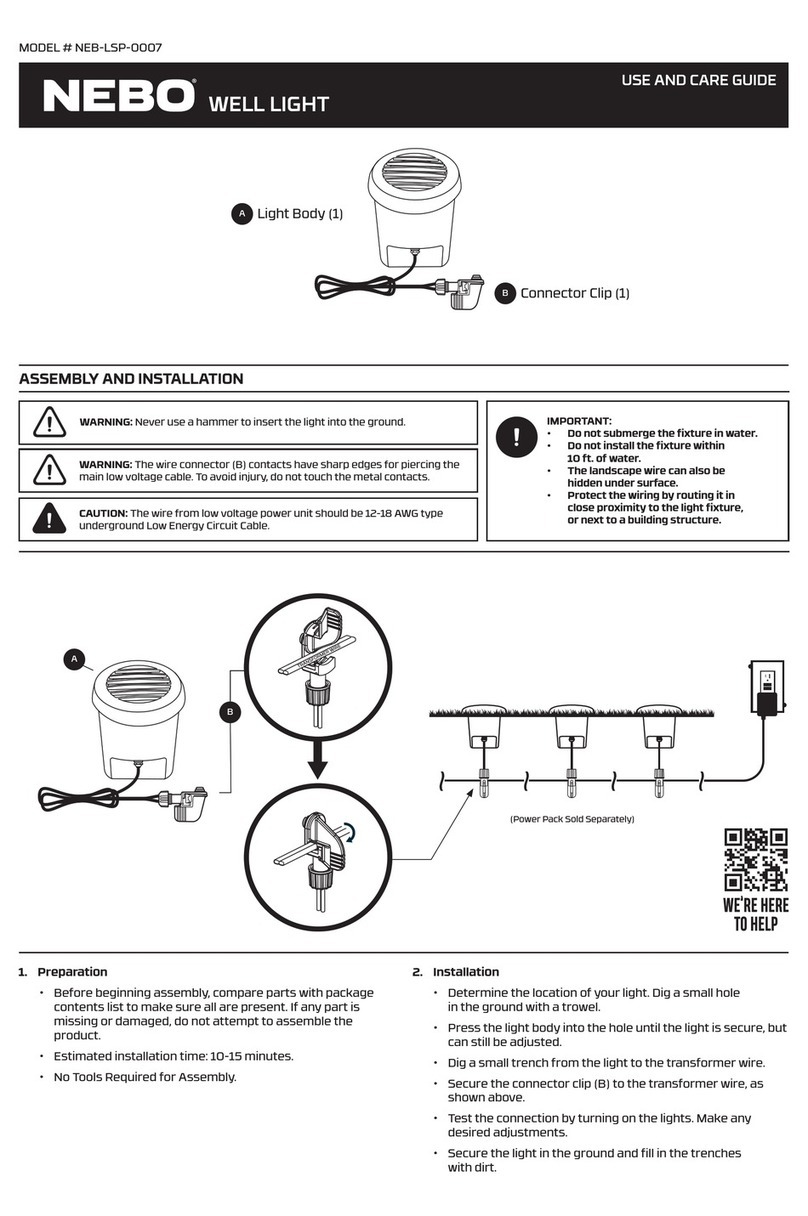
NEBO
NEBO NEB-LSP-0007 Use and care guide
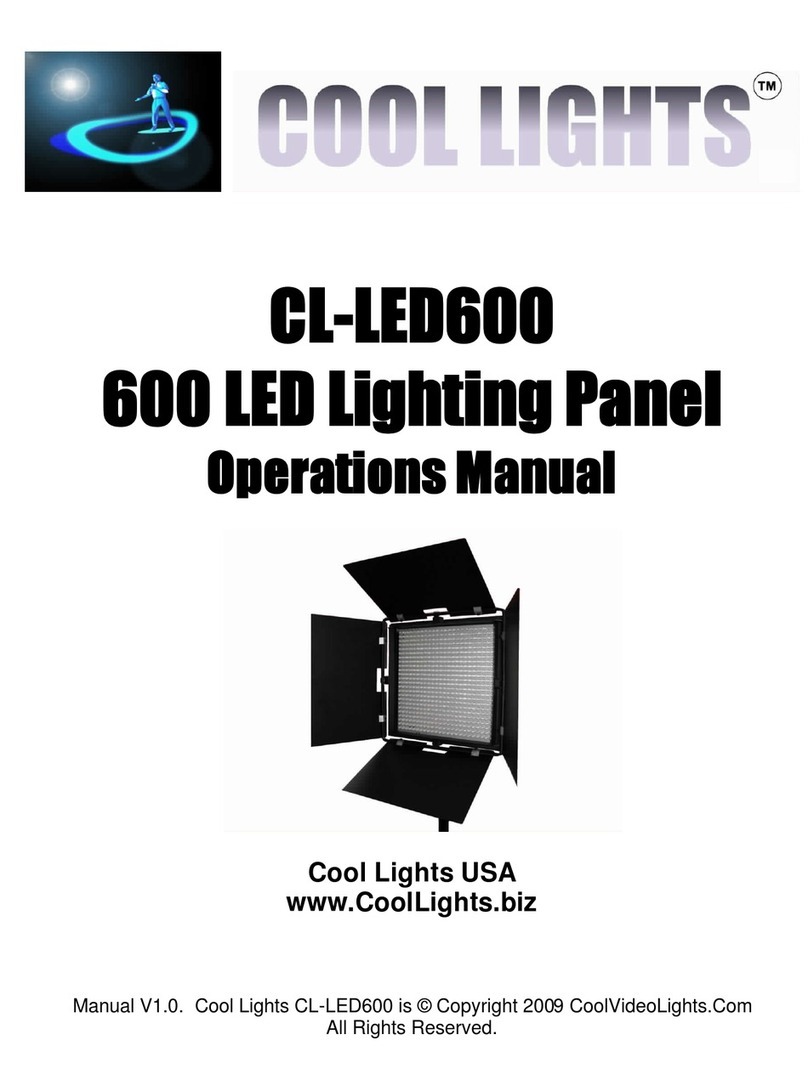
Cool lights
Cool lights CL-LED600 Operation manual
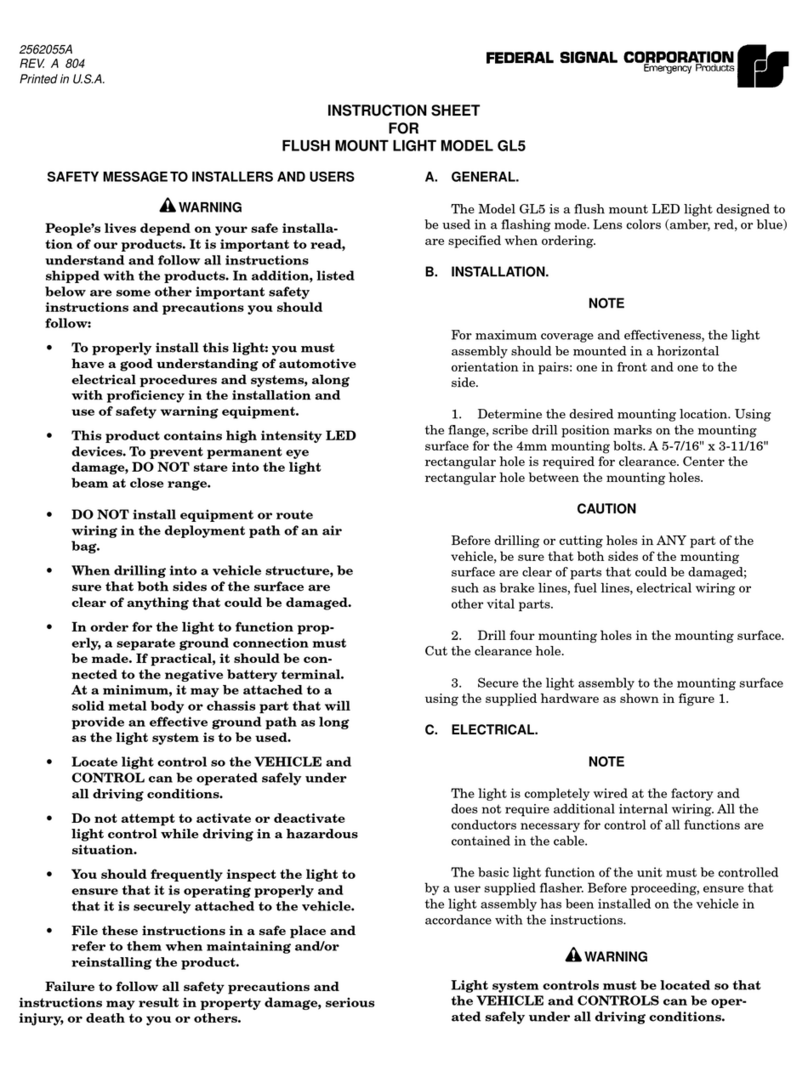
Federal Signal Corporation
Federal Signal Corporation GL5 instruction sheet
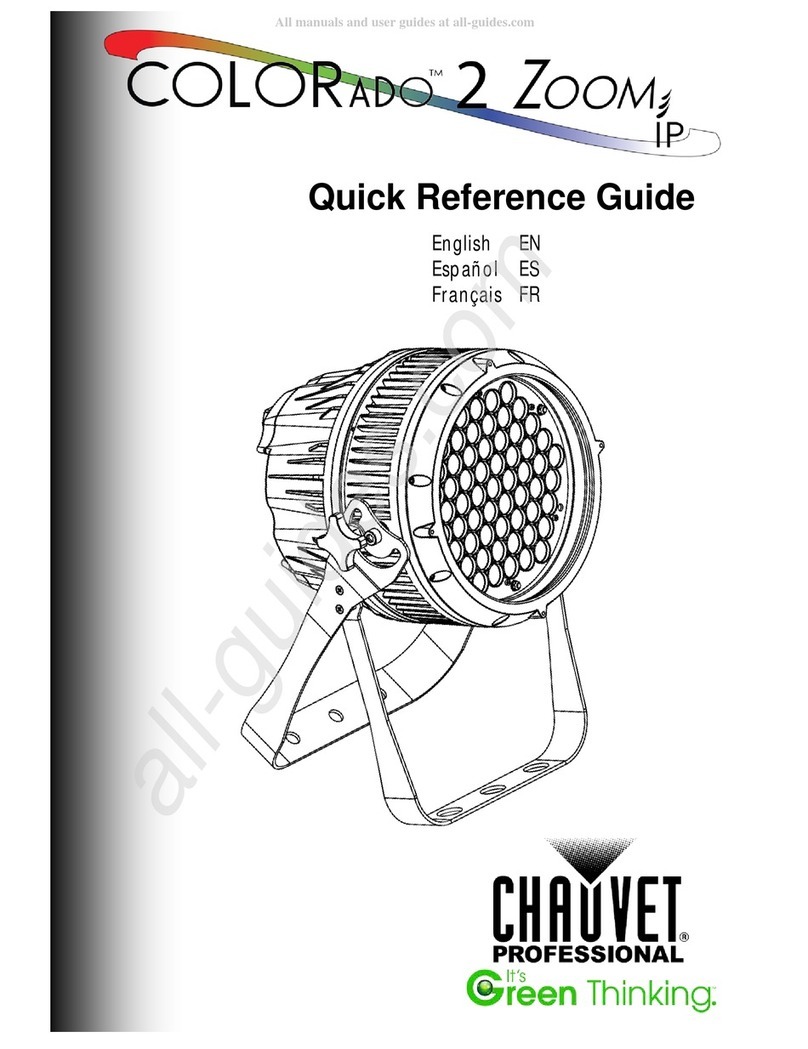
Chauvet Professional
Chauvet Professional COLORado 2 Zoom Tour Quick reference guide

Chauvet
Chauvet BOB LED user manual

Ele
Ele SP17OS installation instructions
